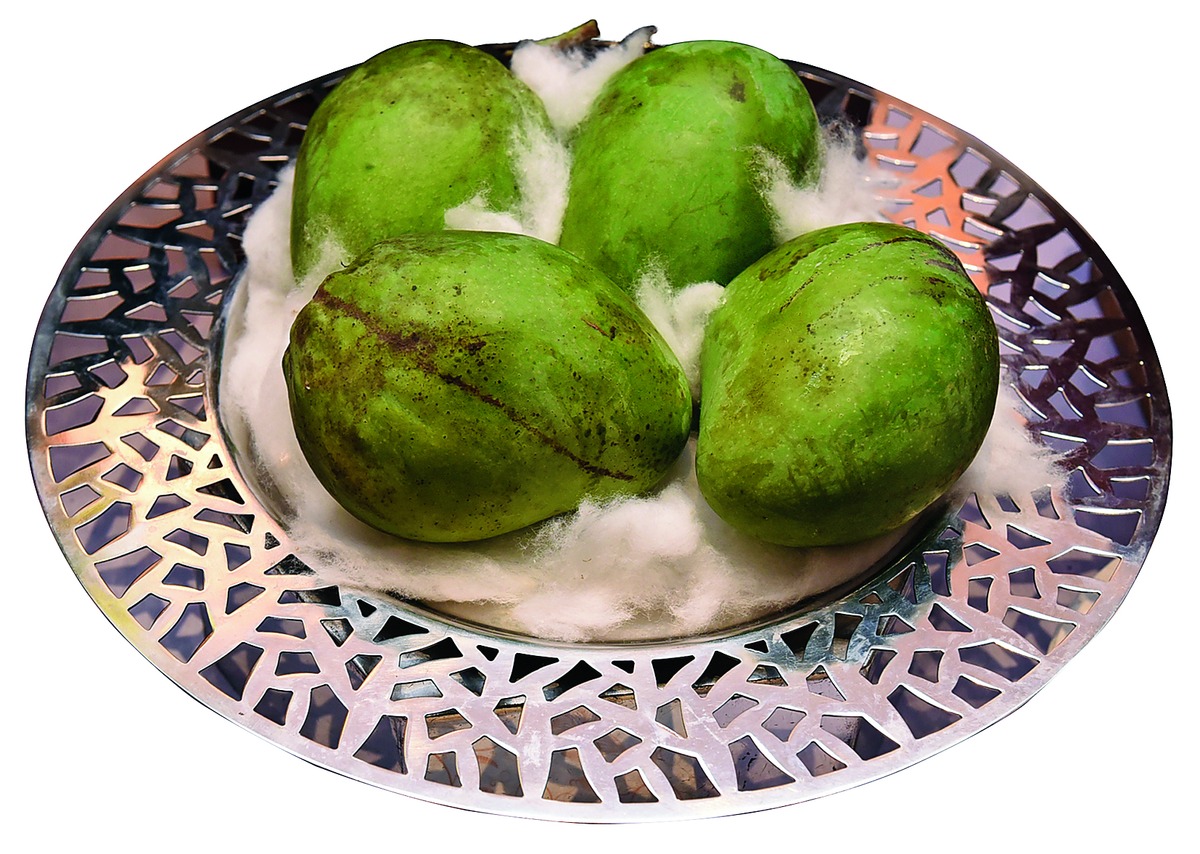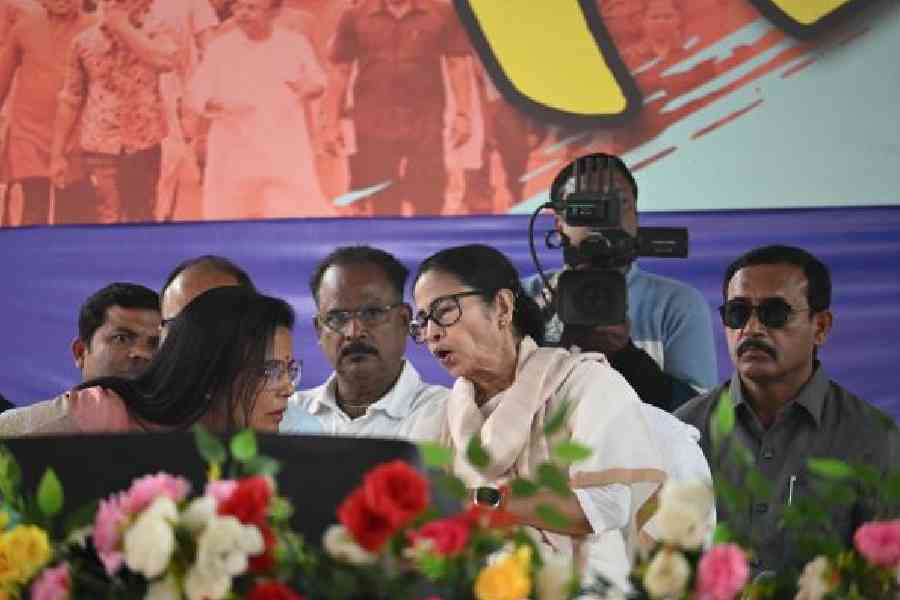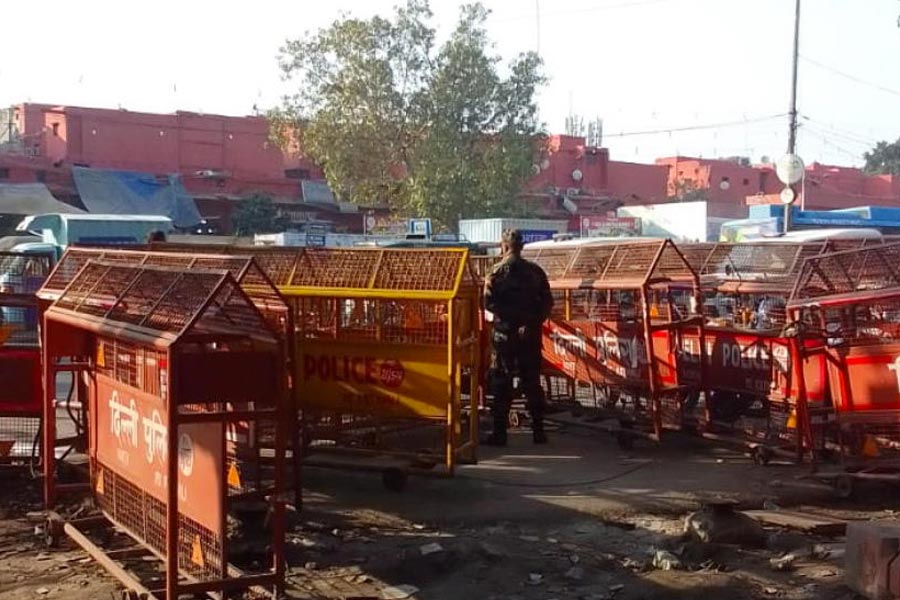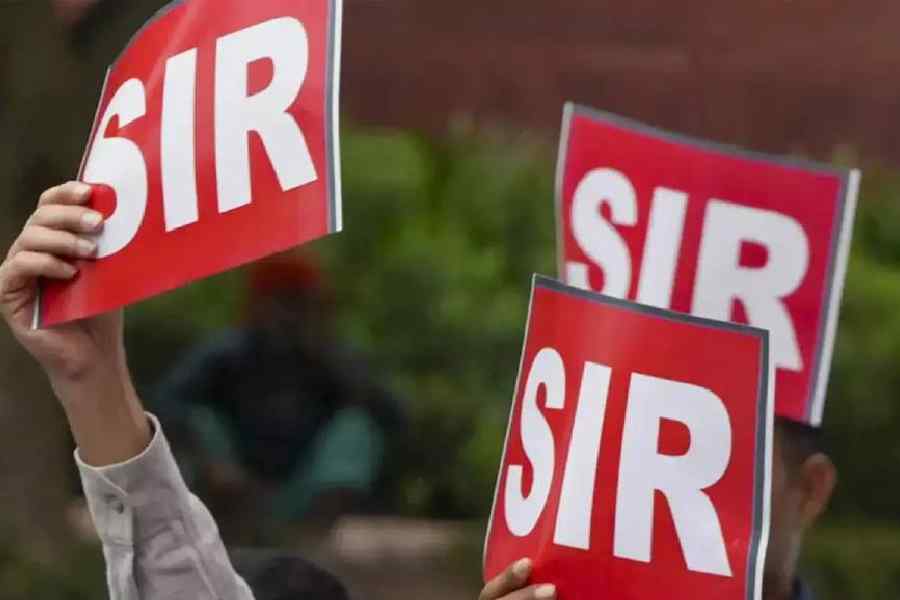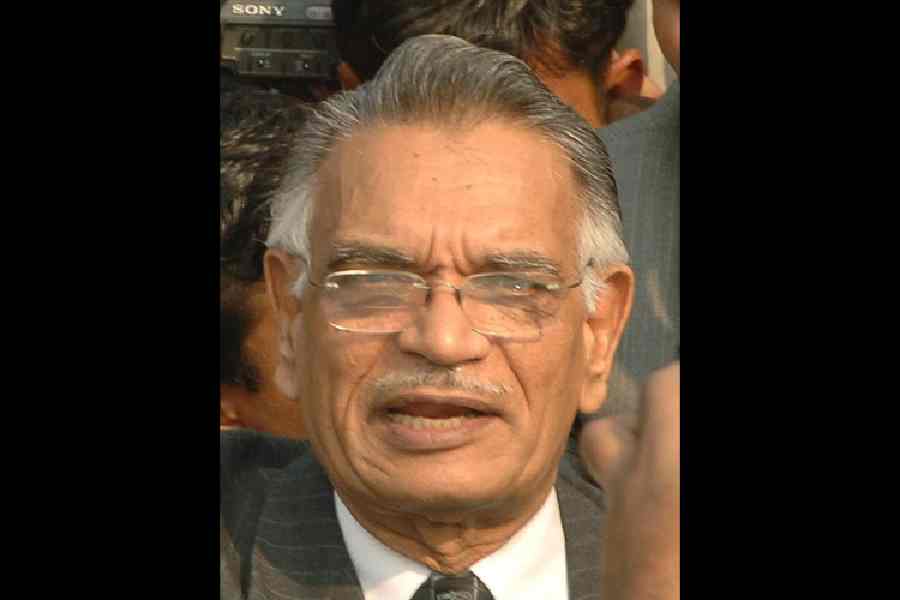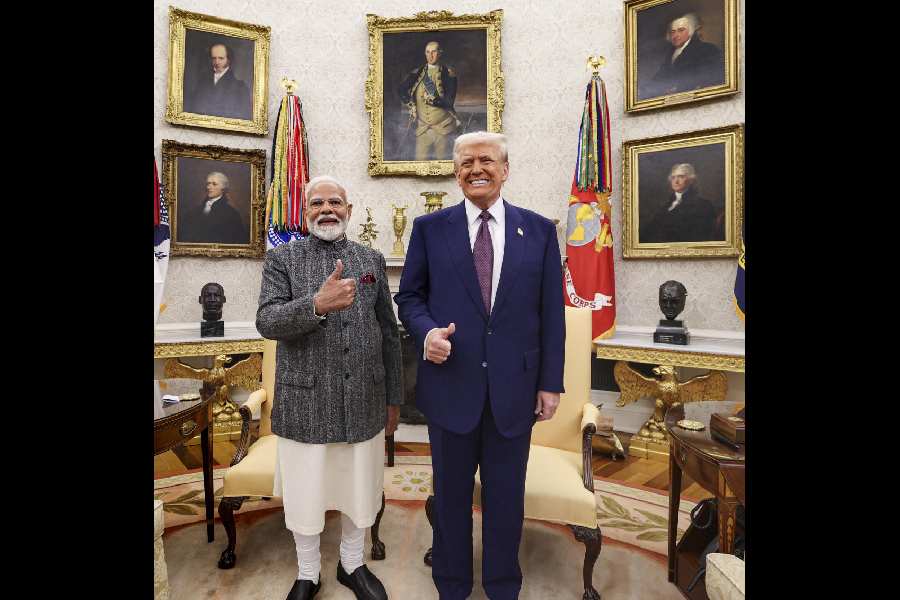
Handle with care. Pluck carefully, when it is on the verge of ripening. Don't let the fruit fall to the ground. Place it on a bed of cottonwool. Avoid holding it for too long - lest the warmth of the palm hastens ripening. Change sides every couple of hours. Peel skin with care and don't let the fingers leave any impression. Use a sharp wooden knife to cut, instead of a regular one.
These are just some of the instructions to be kept in mind if you want to enjoy the Kohitur. Little wonder, for it is of nawabi pedigree. This mango, which grows in Murshidabad in the heart of Bengal, was created in the 18th century during the reign of Nawab Siraj-ud-Daulah.
The Kohitur is perhaps Bengal's best-kept mango secret. Or so it was, until recently, when it made headlines for seeking a geographical indication (GI) tag.
Mahuya Hom Choudhury, who files patents for most GI tags out of West Bengal, has also read about the Kohitur's GI aspirations, but there is nothing on her desk yet. So we get in touch with the district horticulture officer of Murshidabad, Goutam Roy. From him we learn that the application for the tag is pending. He says, "To apply, we have to analyse the mango and know every detail about its quality, production, origin."
When it comes to the origin of Kohitur mangoes and everything related to it, Pradip Chopra is an authority. He is the president of the Murshidabad Heritage Development Society, alongside being the chairman of a Calcutta-based educational institution.
Chopra is a Sheherwali Jain, a community that traces its origins to Murshidabad. He talks about Akbar's fascination for mangoes. How during his reign the fruit began to receive royal patronage and how the Mughal emperor encouraged its cultivation in different parts of his empire. Says Chopra, "The most favourable climate [for growing mangoes] in Bengal was in the Murshidabad and Malda districts."
Apparently, the varieties of Murshidabad mangoes - Kohitur, Rani, Bhawani, Ananas - cannot grow elsewhere. Exclusive by birth, made still more exclusive by terroir and character, and now by price, the Kohitur's rare flavour is unknown in the rest of the country.
"A piece in your mouth and it melts. You don't even have to use your teeth," says Chopra. "It's neither sweet, nor sour - just the right balance. It's flavourful and fragrant," he adds. His description does not alleviate curiosity, only deepens the mango mystery.
The Sheherwali Jains are like the custodians of the Kohitur. They have turned the simple act of slicing open the fruit into an art. According to Chopra, they wash their hands multiple times while cutting the mango, keep dipping them in cold water to cut through the mango's garam taaseer (garam meaning hot and taaseer meaning tendency) and slice it using a special knife in a particular way.

Another Sheherwali Jain, Bikram Dugar, tells The Telegraph, "My great-grandfather, Rai Bahadur Ganpat Singh Dugar, a zamindar and aristocrat of Azimganj in Murshidabad, used to send mangoes to Queen Victoria and to the Prime Minister of England at 10 Downing Street." Dugar, a retired banker, has carefully archived the letters of recognition from them.
He is full of stories about the Kohitur and recounts how, after peeling the mango, his grandfather would take the upper half of the fruit and give the lower half to the children in the family. "The lower half would have invariably turned soggy from holding and, therefore, was not so desirable," Dugar recounts.
We learn from him how several of these mangoes were christened. Ranipasand was so named, as the Nawab's favourite wife liked it. Bhavani is dedicated to Rani Bhavani of Murshidabad. Bimli was named after a maid who worked in Mir Jafar's garden, and so on.
Dugar explains the Kohitur's enigmatic existence. "There is less production but more demand. And that affects the price." What adds to Kohitur lovers' woes is the decreasing number of trees. He says, "The same trees do not yield mangoes every year."
And how is it that no one has thought of exporting this rare breed? Says Dugar, "The taste of the fruit slightly changes by the time it reaches Calcutta [from Murshidabad]. Imagine what travelling even farther would do."

